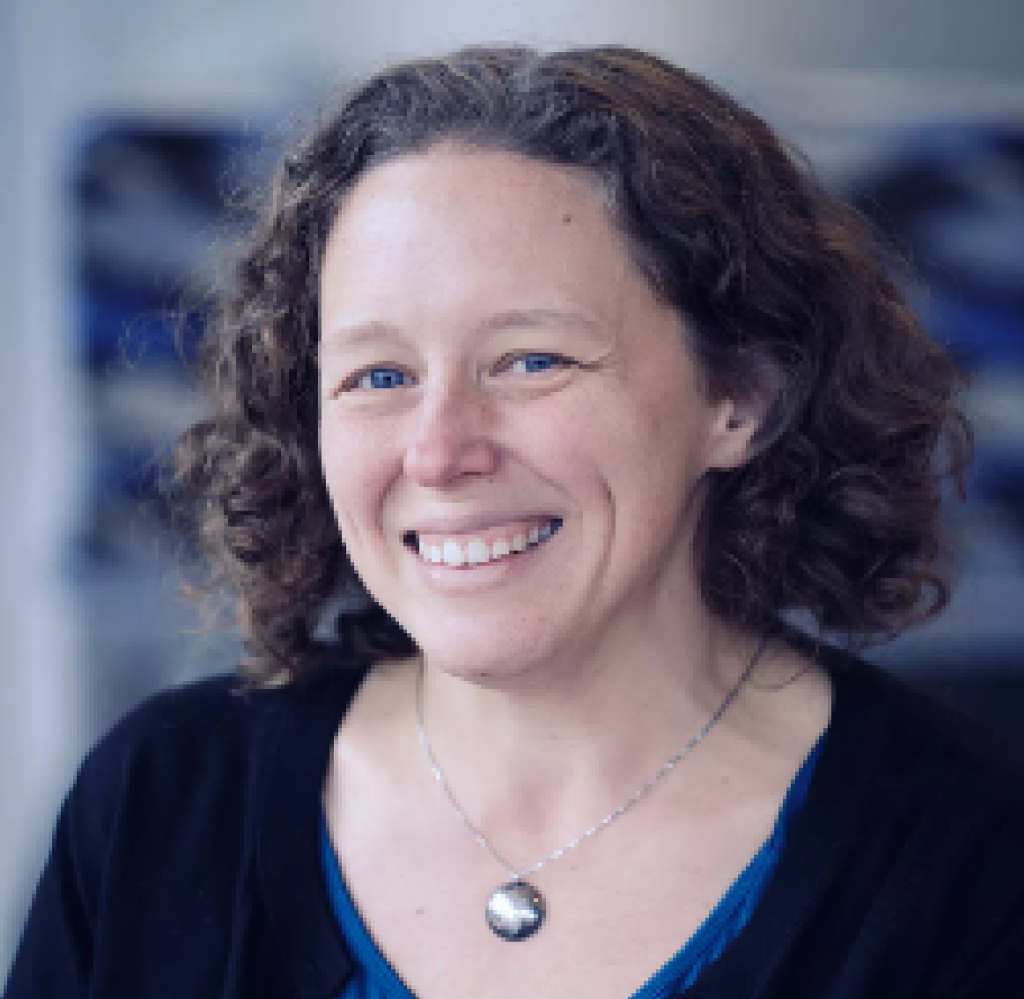
I am excited to join the National Center for Smart Growth Research and Education as the new Executive Director.
In 1997, Maryland’s smart growth policy – primarily centered on Priority Funding Areas – was a national leader in statewide smart growth policy. Its approach was predicated on the idea that we fund where we expect and want to see new growth while preserving farmland and open space. It was a movement-based response to unsustainable sprawl that threatened the environmental, social and economic viability of communities.
Even at that time, however, it was clear that without a clear focus on existing communities, Smart Growth could pose a risk to low- and moderate-income households – particularly households of color. In 2000, the National Neighborhood Coalition developed a set of principles that pushed smart growth to be explicit about not just the physical elements of sustainability, but what a movement that centers people should look like. These principles included a focus on process and outcomes of development, including equitable public participation, anti-displacement and a just distribution of benefits to growth.
Smart Growth was a “movement” to encourage more environmentally and socially equitable outcomes from the shape of our communities.
Smart growth policy emerged at a time when cities continued to lose population. At the time, even the most optimistic boosters did not imagine that high-income families would actively choose to live on smaller lots, connected to transit and neighborhood amenities the way so many do today. But across the region, whether in Silver Spring, Columbia, Columbia Heights or Hyattsville, denser, walkable and transit-rich communities are in high demand. Indeed, by just looking at the physical elements of smart growth, we can argue that it has contributed greatly to the way Marylanders and Americans value more urban communities and open space.
And yet, 25 years later, despite the popularity of growth that includes multi-modal transit, density and public space, the motivation for this change – centering environmentally and socially equitable outcomes – has often been obscured. This can be seen most in a de-emphasis on reinvestment in older disinvested neighborhoods and rural areas and the inequitable distribution of benefits for those most at risk of displacement. As it became a successful “development strategy” it lost a step as a social movement. But smart growth as a movement for improved outcomes is as valid as ever and we have an opportunity to do it differently.
Throughout my career I have worked with networks of partners to address planning and policy gaps in the Mid-Atlantic Region. Early in my career at the Maryland Department of Housing and Community Development, I split my time between the Office of Research, the Department of Neighborhood Revitalization and the Office of the Secretary. This allowed me to visit Maryland’s small towns, analyze data on housing programs and represent the agency on or staff several commissions which gave me a glimpse into the politics of housing and redevelopment, including the range of actors who make change possible. Over the past decade, I have focused on how to preserve affordable housing, prevent housing instability and support community power in Washington, DC and in Richmond, Virginia through my research and practice.
Over more than 20 years, NCSG has built a solid foundation of government agency, nonprofit and academic partnerships that have been generative in reimagining smart growth for this region. Further, NCSG has developed initiatives that have the potential to push a new agenda. The interjurisdictional, multi-sector Purple Line Corridor Coalition (PLCC) focuses on preventing community displacement in transit nodes through support for small businesses and affordable housing development. The Small Business Anti-Displacement Network (SBAN) has been building data tools and national networks to prevent displacement of legacy businesses in growing areas.
The Partnership for Action Learning in Sustainability (PALS) pairs university and community expertise to develop community-driven plans. Through these, the Center has leveraged its academic and policy leadership roles to change the regional conversation about the centrality of existing residents in redevelopment and amenities.
I look forward to the opportunity to build on this work in the region. Over the next few months, I will be (re)connecting with partners across the state, on campus and throughout the region to better understand what’s working and how we can continue to support the work of a smart growth that starts with communities.
Kathryn Howell
NCSG Executive Director
